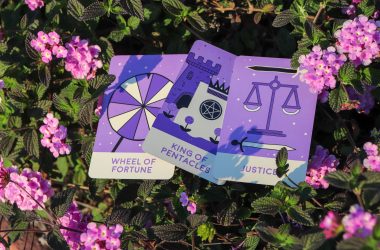Acoustic telemetry, autonomous underwater robots and a PH level sensing probe are just a few of the contributions California State University, Long Beach’s legendary shark lab provides.
Under the direction of Dr. Chris Lowe – whom you may have seen on Discovery Channel’s Shark Week – students from around the world come to conduct research on campus for a chance to handle and study live sharks.
That’s right: there are live sharks on campus.
CSULB should make students more aware of their opportunity to study sharks up close. Not only is it an educational opportunity, but it also may attract more students to the science department.
“Our marine lab makes this a very unique university,” Dr. Lowe said. “You wouldn’t want a doctor who just learned medicine from a book … it’s impossible to teach this without using live animals.”
There are four various species of sharks and rays in the labs, which are in five large tanks located in HSCI 116; the biggest is a 4-foot leopard shark.
Founded in 1966 by Dr. Donnie Nelson, the lab is a hub of research and technological development.
“Dr. Nelson was a pioneer in shark research,” Lowe said.
Dr. Nelson helped develop the process of acoustic telemetry to better track aquatic animals’ movement in the wild with a device that attaches to them and microphones that are placed in the water to pinpoint the animals’ location.
When they were first developed, the devices were so large that often sharks were the only animals big enough to handle them.
Today, the lab maintains its place at the forefront of cutting edge research and technology development.
A grant from the National Science Foundation in 2010 has helped with the development of an underwater autonomous vehicle that is the first of its kind. It is better able to track sharks than Dr. Nelson could have ever imagined.
Connor White, a second year graduate student, has been using the underwater autonomous vehicle to track leopard sharks off the coast of Catalina Island.
“This is really the whole reason I came to CSULB,” White said. “It’s really the best place to do this kind of work. This [underwater autonomous vehicle] is the only one like it in the world.”
Like a miniature submarine equipped with GPS, it is able to follow a shark anywhere underwater without human assistance. It is this blend of marine biology and engineering that is becoming increasingly more common.
“This is going to change the way we study shark biology,” Lowe said.
Another of the current projects is attempting to discover when sharks like to eat.
“Believe it or not, we don’t yet know at what times of day sharks feed,” Lowe said. “Years of killing and gutting thousands of sharks have taught us very little.”
Most sharks in the lab are released back to the wild after any experimenting or studying is complete.
There is always more studying to do though, and Dr. Lowe is ready to lead the way.
“I feel very lucky and very proud to be able to keep this tradition going.” Lowe said.



